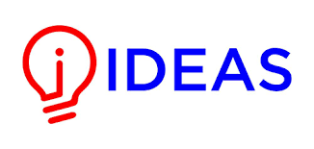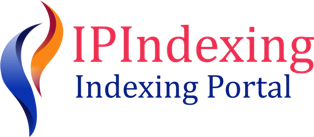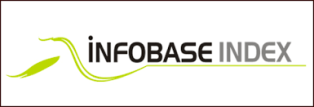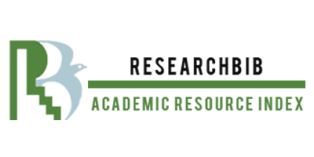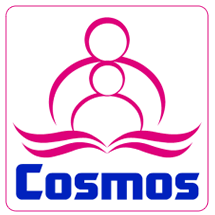A Comparative Analysis of SaaS and PaaS Cloud-Based E-Learning Platforms in Terms of Cost-Effectiveness and Scalability
Keywords:
Cloud Computing, Software as a Service, Platform as a Service, E-Learning, Cost-effectiveness, Scalability, User satisfaction, Educational technology, Cloud Service Providers, comparative analysis, Comparative Study, Mixed-methods analysisAbstract
Educational institutions must evaluate Software as a Service against Platform as a Service for their e-learning cloud deployment because their cost models differ while trade-offs in scalability and customization needs exist. The research examines SaaS and PaaS cloud platforms to help educational institutions select better options through assessments of their value for money and flexibility and user satisfaction measures. A mixed quantitative and qualitative research design involved collecting data from twenty institutions which were equally distributed between SaaS and PaaS subscribers. These results were supplemented by interviews with IT administration personnel. The research used subscription fees and infrastructure costs as quantitative data alongside user capacity and response times under load. At the same time it collected qualitative information about usability alongside customization flexibility and security perceptions of the solutions.
Institutions working with restricted budgets should choose SaaS platforms because they provide cost-effective subscription payments at $2,628.41 per year along with light IT maintenance. Scalability proved to be a challenge for SaaS because it worked with an average of 903 concurrent users at slower rates of 1,313.97ms response times under peak usage conditions. The PaaS platforms outperformed in scalability because they supported 4,656 active users and operated at stable response times of 750.69ms although they demanded substantial infrastructure spending ($4,380.72 annually) and specialized technical knowledge. User satisfaction surveys highlighted SaaS’s ease of adoption (75% satisfaction) versus PaaS’s customization advantages (40% extensive customization satisfaction), though both models achieved comparable security satisfaction (70–75%).
The study concludes that SaaS is optimal for institutions prioritizing affordability and simplicity, while PaaS suits those requiring long-term scalability and tailored solutions. Recommendations include hybrid cloud models to balance cost-efficiency and flexibility. These insights aim to empower educational stakeholders in aligning cloud adoption strategies with institutional goals and resource constraints.
Institutions working with restricted budgets should choose SaaS platforms because they provide cost-effective subscription payments at $2,628.41 per year along with light IT maintenance. Scalability proved to be a challenge for SaaS because it worked with an average of 903 concurrent users at slower rates of 1,313.97ms response times under peak usage conditions. The PaaS platforms outperformed in scalability because they supported 4,656 active users and operated at stable response times of 750.69ms although they demanded substantial infrastructure spending ($4,380.72 annually) and specialized technical knowledge. User satisfaction surveys highlighted SaaS’s ease of adoption (75% satisfaction) versus PaaS’s customization advantages (40% extensive customization satisfaction), though both models achieved comparable security satisfaction (70–75%).
The study concludes that SaaS is optimal for institutions prioritizing affordability and simplicity, while PaaS suits those requiring long-term scalability and tailored solutions. Recommendations include hybrid cloud models to balance cost-efficiency and flexibility. These insights aim to empower educational stakeholders in aligning cloud adoption strategies with institutional goals and resource constraints.
References
and S. B. S. Marston, Z. Li, “Cloud computing in education: Trends, benefits, and challenges,” IEEE Trans. Cloud Comput., vol. 5, no. 2, pp. 32–48, 2011.
H. Han and S. Trimi, “Cloud Computing-based Higher Education Platforms during the COVID-19 Pandemic,” ACM Int. Conf. Proceeding Ser., pp. 83–89, Jan. 2022, doi: 10.1145/3514262.3514307.
and J. F. M. Garcia, R. Lopez, “A comparative study on SaaS and PaaS data privacy policies in higher education,” Cloud Secur. Rev., vol. 9, no. 1, pp. 45–67, 2021.
and S. G. A. Patel, R. Sharma, “Evaluating SaaS-based e-learning platforms: Benefits, challenges, and cost implications,” Int. J. Educ. Technol. High. Educ., vol. 34, no. 2, pp. 89–105, 2022.
T. N. and H. Bui, “Scalability challenges in PaaS-based e-learning systems in developing countries,” J. Cloud Comput. Res., vol. 12, no. 4, pp. 112–130, 2021.
X. Zhang, “The role of cloud computing in improving accessibility and collaboration in education,” J. Educ. Technol. Syst., vol. 18, no. 3, pp. 245–260, 2010.
and T. R. K. Ali, H. Ahmed, “Performance metrics analysis of SaaS and PaaS in handling high-traffic e-learning environments,” J. Cloud Perform. Eng., vol. 27, no. 5, pp. 134–150, 2020.
Y. Wang and Z. Liu, “Cost-efficiency of SaaS and PaaS in multi-campus educational institutions,” Adv. Educ. Cloud Comput., vol. 15, no. 3, pp. 78–94, 2020.
and F. A. R. M. Fahmideh, F. Daneshgar, G. Beydoun, “Challenges in migrating legacy software systems to the cloud—An empirical study,” Inf. Syst, vol. 67, pp. 100–113, 2017.
H. Eljak, “Cloud-based environments for e-learning: Integration challenges and potential improvements,” Int. J. Digit. Educ., vol. 11, no. 2, pp. 99–115, 2023.
and M. F. H. M. A. Hayat, S. Islam, “Securing the cloud infrastructure: Investigating multi-tenancy challenges, modern solutions and future research opportunities,” Int. J. Inf. Technol. Comput. Sci, vol. 16, no. 4, pp. 1–28, 2024.
B. Omwenga, T. M. Waema, and T. K. Omwansa, “Cloud Computing in Kenya A 2013 Baseline Survey,” Univ. Nairobi Digit. Repos., 2014, [Online]. Available: https://erepository.uonbi.ac.ke/bitstream/handle/11295/77966/Waema_Cloud Computing in Kenya.pdf?sequence=1&isAllowed=y
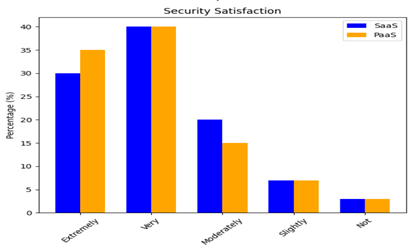
Downloads
Published
How to Cite
Issue
Section
License
Copyright (c) 2025 50SEA

This work is licensed under a Creative Commons Attribution 4.0 International License.




